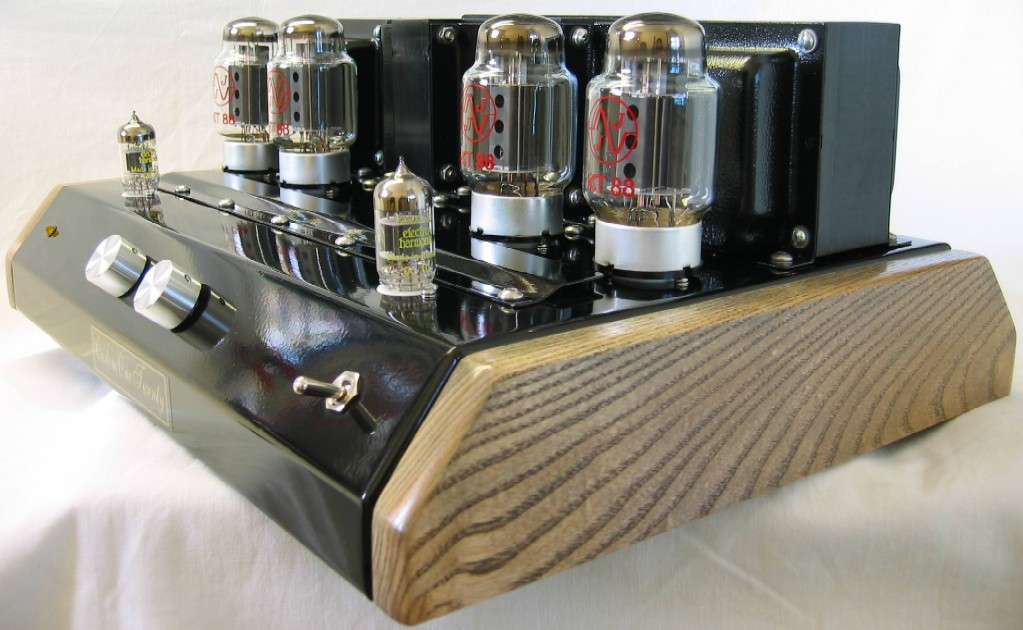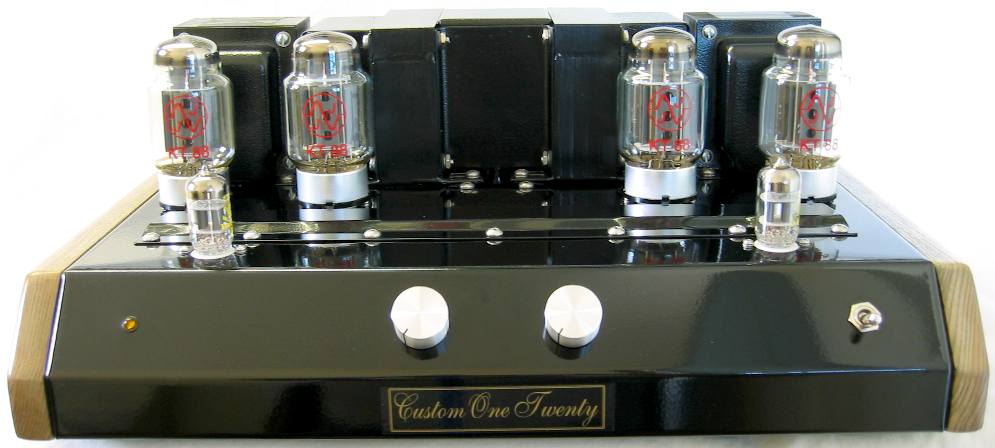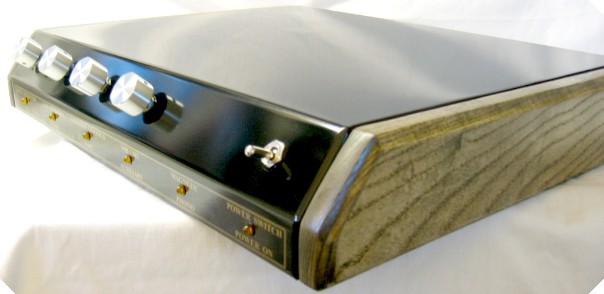Posted On: November 12, 2003 11:59:27 AM
Name: Warren Rubin
Email:
wazmoh@hotmail.com
Comments: Letís do a quick exercise in visualization. Ready? OK.
Imagine that you want to speak with the CEO of a major audio equipment
manufacturer about a one-off amplifier design you have in mind for your
home audio system. Go ahead, dial the phone; Iíll wait. Now imagine that
youíve managed to negotiate the maze of clerical, administrative and
management staff who stand between you and such a conversation.
Introduce yourself and explain why you called. What do you hear next?
Thatís right, click-buzzzzzzzzzz!
OK, same exercise, but this time call Syd Beaumont of Ideal Innovations.
What do you hear now? Thatís right, you hear Syd answering the phone.
Now Sydís listening to your idea and maybe making some helpful
suggestions. Finally, Sydís quoting a very reasonable price and telling
you heíll ship your amplifier in a matter of weeks.
The most amazing thing about the latter scenario is that it describes
conversations that Syd and his customers have routinely. Itís a
conversation that Syd and I have had twice, each conversation resulting
in a stellar piece of audio equipment arriving at my door a short time
later.
Recently, I purchased a set of Magneplanar MG-12/QRís. In my opinion,
there are a fair number of good things to be said about these speakers,
but highly efficient is not among them. It is this fact that occasioned
our second conversation, the final result of which was the brilliant
ďStereo 120Ē (126, actually) power amplifier that is the subject of this
review.
First, a word on aesthetics. Ideal Innovations amplifiers are carefully
made and very well finished. Itís difficult to fault hand-rubbed ash
side panels, a powder coated chassis or button-head hex fasteners. That
said, these units are not errÖ dainty. Rather, they are beautiful in the
way that a bumper from a Ď55 Buick is beautiful; massive, imposing and
obviously built to last. In fact, stacked on top of my matching Ideal
Innovations preamplifier (first conversation), thereís an Art Deco
effect thatís reminiscent of a giant locomotive from a thirties-era
Worldís Fair. All thatís missing is an improbably gaunt woman sporting a
pixie hair style and a cigarette holder.
This amplifier has some interesting technical details. The plate supply
is comprised of two power transformers connected in series. This results
in an amplifier that is both very powerful and very dynamic, with large
reserves for transients. Itís a fixed-bias design, which means that it
runs very cool. In fact, after an hour of hard running the transformers
are still cool to the touch and the KT-88 output tubes are not
noticeably more warm than at idle.
Syd and Ron have written extensively on the sonic differences between
fixed and cathode biased amplifiers. My experiences mirror their
findings. Where my cathode-biased Custom 54 was very smooth and seemed
to describe a larger sound stage overall, the Ď120 is excels at
revealing inner detail and presenting the position and surrounding space
of each instrument. Where the Custom 54 had a very ďsweetĒ sound the
Ď120 seems to reveal more of an instrumentís initial attack. The latter
difference could also be due in part to the differences in power. Both
of these amplifiers are very musical, fatigue-free and render bass that
is at once taut, extended and detailed. I should point out that the
differences to which I refer are very subtle and simply reflect the
slightly different viewpoints of two very fine amplifiers.
As well as these amplifiers perform (and thatís very well, indeed) and
as well as these amplifiers are made (and thatís very well, indeed) they
represent only a portion of what makes Ideal Innovations products such a
pleasure to own. Much of their value derives from the people who build
them: people who have many decades of experience, people who are
committed to customer satisfaction and people who answer the phone!
Warren Rubin
Posted On: March 29, 2003 07:59:13 PM
Name: Warren Rubin
Email: wazmoh@Hotmail.com
Message: I've always been a fan of big, high current, DC coupled solid
state watts, so purchasing a 27 wpc "old tech." tube-driven amplifier was a
fairly sizeable leap of faith. I needn't have worried. Syd endured my questions
with admirable patience and delivered an equally admirable product. Its sound is
smooth, with a remarkably extended and controlled low end, very detailed mids
and highs, and imaging that verges on holographic.
It fascinates visually as well as aurally. The button and cap head Allen screws
arrayed along the top of the chassis bespeak quality and thought, as do the ash
end-pieces and soft amber glow of four output tubes reflected in smoothly
applied black enamel paint. Very elegant.
For my purposes this amplifier has it all -- phenomenal sound and a very high
coefficient of cool. Of course, more power isn't a bad thing, and a chrome
finish like an old McIntosh would look great -- hey, Syd... |





|